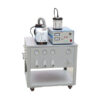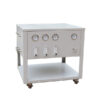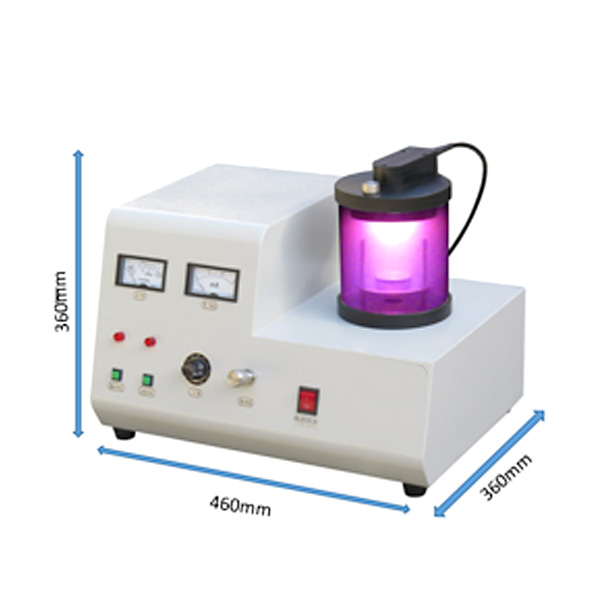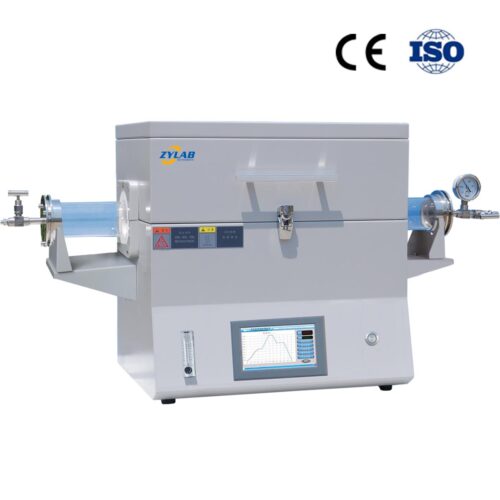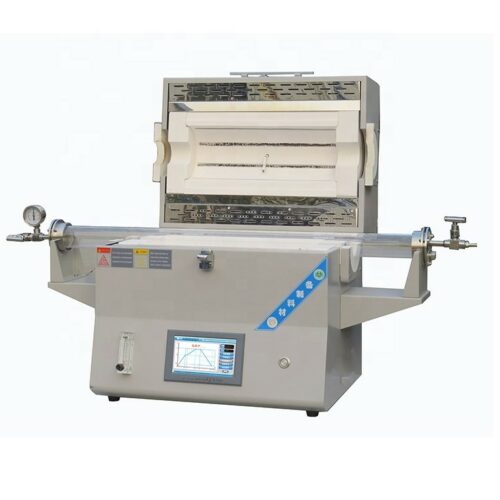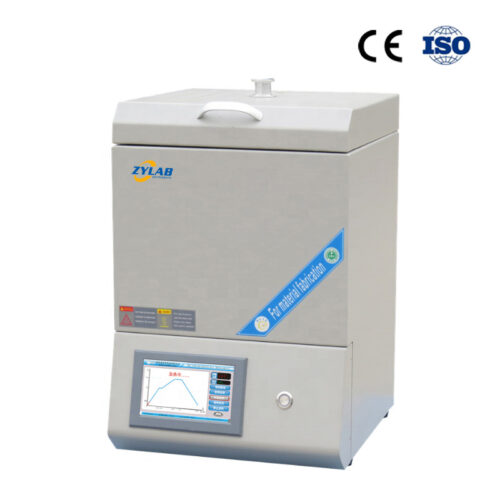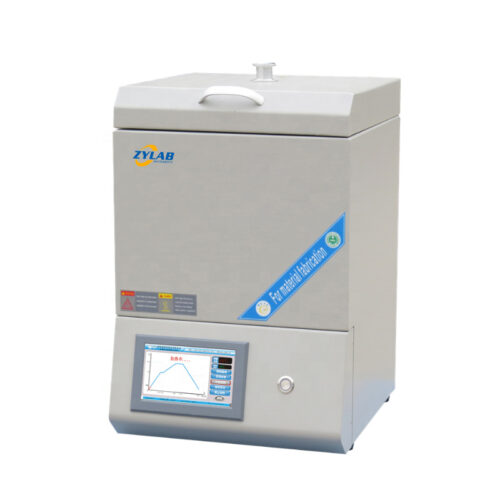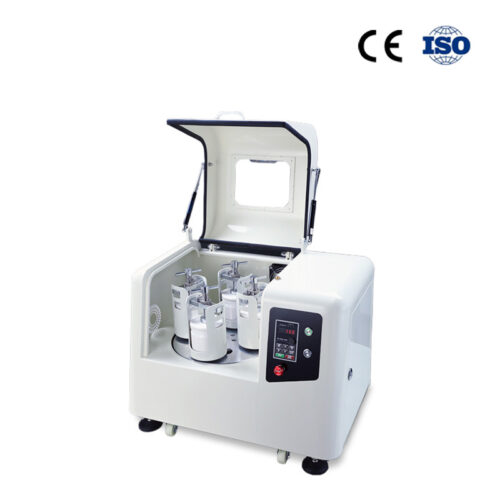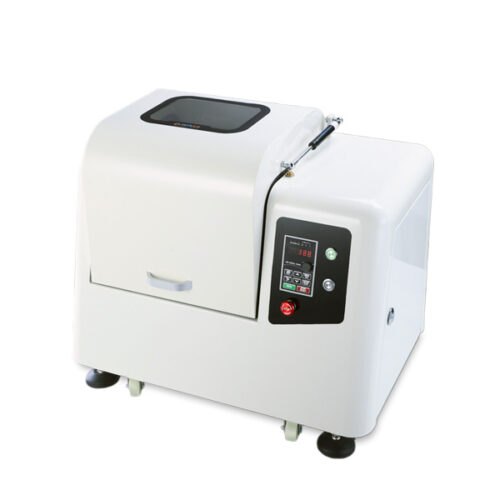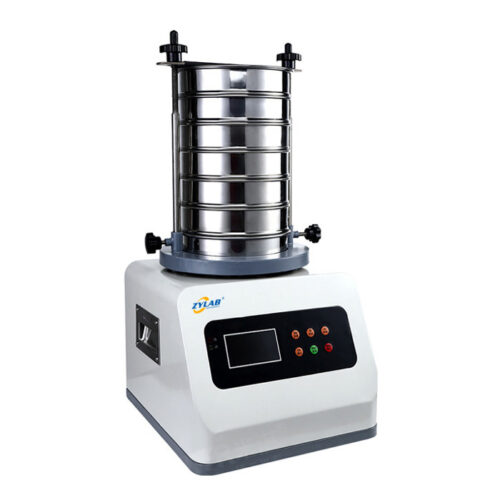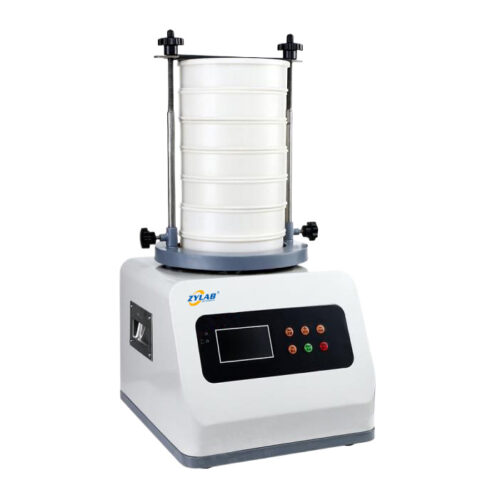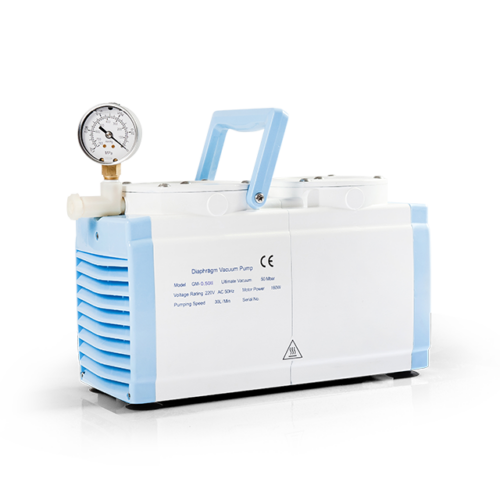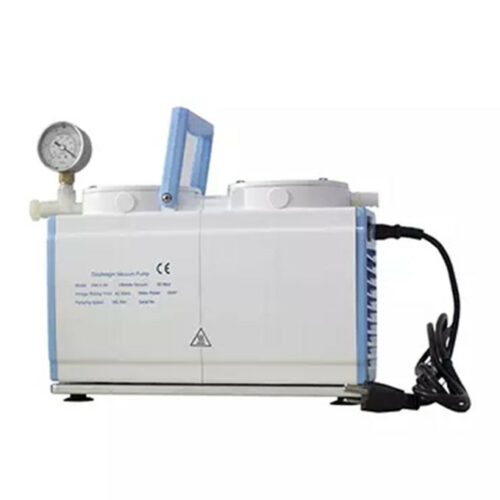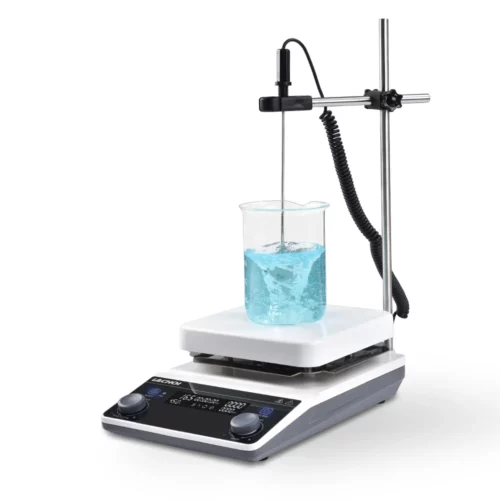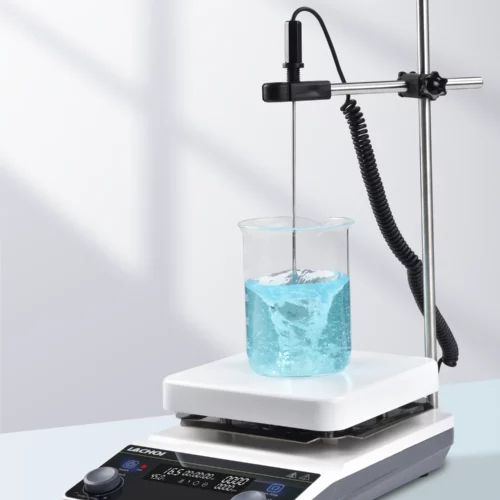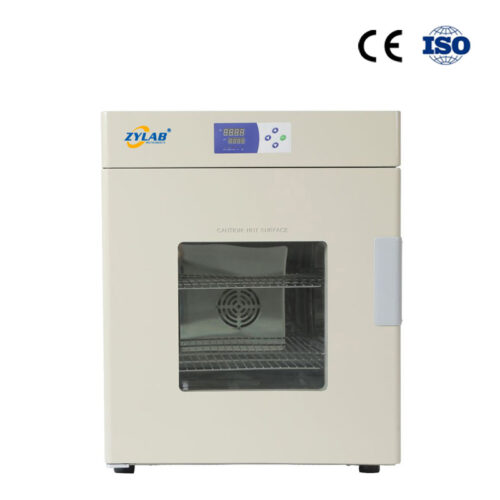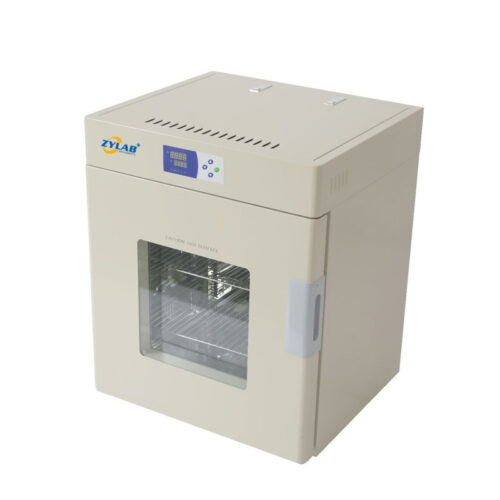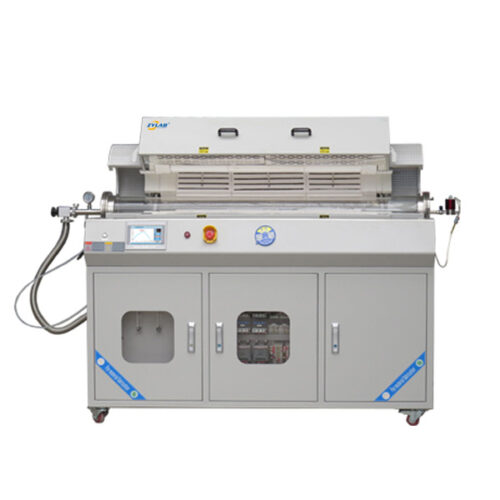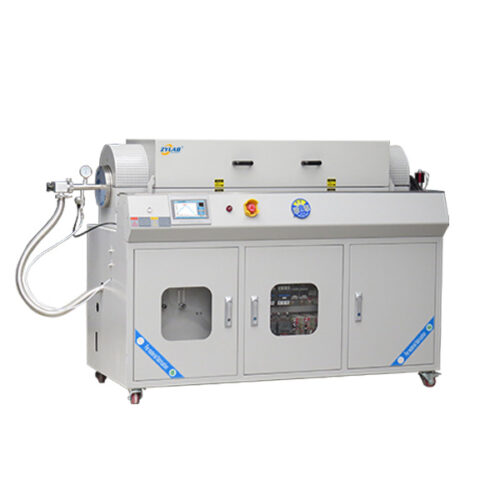LJ13 Laboratory Vacuum Ion Sputtering Coater
Introduction:
The LJ13 Ion Sputtering Coater is designed for preparing samples for scanning electron microscopy, featuring simple structure, intuitive operation, and convenience. It allows ion sputtering of samples for scanning electron microscopy without requiring high vacuum levels, serving as essential equipment for coating samples for scanning electron microscopy.
Features and Benefits:
- Equipped with a 4C silent vacuum pump, effectively reducing noise and enhancing the experimental experience.
- Comes with a vacuum gauge and sputtering current meter in the sample chamber, providing real-time display and monitoring of instrument status.
- Features edge rubber sealing rings to prevent the “edge collapse” phenomenon of the glass bell jar, ensuring long-term use without affecting the vacuum level of the sample sputtering chamber.
- Equipped with a sputtering current controller and miniature vacuum valves. Combined with automatic control circuits, it enables easy control of vacuum chamber pressure, ionization current, and selection of ionization gases for optimal coating results.
- Standard configuration includes a large-size pure gold target with a diameter of Φ58mm and thickness of 0.12mm, offering a larger sputtering range.
Technical Specifications:
| Model | LJ13 |
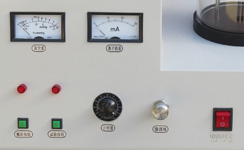 |
Control Panel:
|
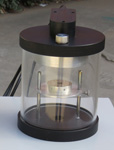 |
|
| Electrical specifications | AC220V 120W |
| Chamber dimensions | Φ130(inner 118)*130mm |
| Sample stage size | High purityΦ42mm |
| Adjustable sample stage height | Adjustable sample stage height: 75mm |
| Sample temperature | <35~50℃ |
| Applicable target materials | Precious metals:Gold (Au),Platinum (Pt),Palladium (Pd),Gold-Platinum alloy (Au-Pt),Gold-Lead alloy (Au-Pb)
Common metals:Copper (Cu),Tungsten (W),Silver (Ag),Chromium (Cr) Etc. |
| Sputtering rate | In general, the thickness of metal used for scanning samples is typically in the range of 100-300 Ångströms. Thickness can be determined empirically using the formula:
d = KIVT where: d: coating thickness (in Ångströms) K: a constant depending on the sputtered metal and the gas used (when using a gold target and argon gas, K is 0.17; when using a gold target and air, K is 0.07). This distance is between the target and the sample. I: plasma current (in mA) V: applied voltage (in kV) T: time (in seconds). For example, using a gold target and argon gas with I as 8mA, T as 100 seconds, and V as 1 kV, then, d = KIVT = 0.17×8×I×100 = 136 Ångströms, which is approximately 1.36 Ångströms per second. The sputtering rate depends on the cleanliness of the sputtering system itself, so maintaining cleanliness in the workspace is crucial. The sputtering rate for other metal targets, such as platinum, is approximately half that of gold targets, while the sputtering rate for gold-platinum alloy targets is very close to that of gold targets. |
| Usage Precautions |
|
| Standard Equipment |
|
| Service Support | One-year warranty with lifelong service support |
| Net Weight & Dimensions | 25KG
|

